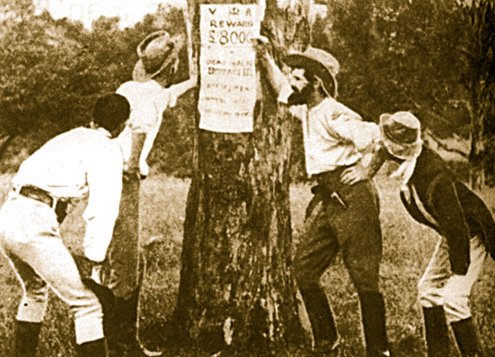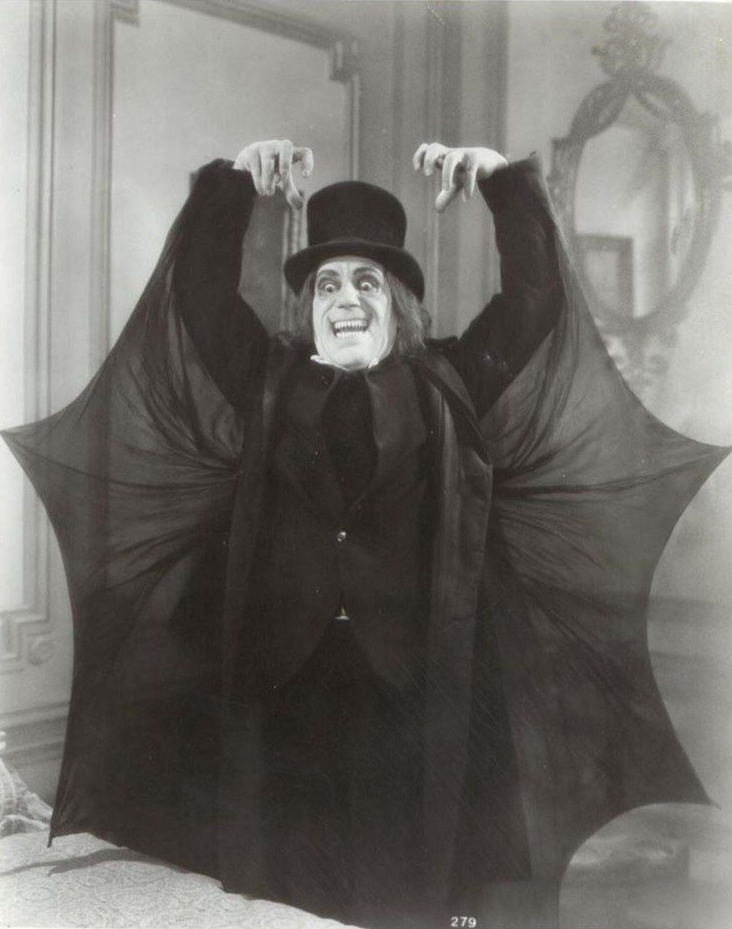|
The Chimney Sweep (film)
''The Chimney Sweep'' (french: Jack le ramoneur) is a 1906 French silent film directed by Georges Méliès. Plot Jack, a kidnapped boy working as a chimney sweep, is roughly treated and often beaten by his brutal employer. Falling asleep after a long day, he dreams of his lost mother and the fairy tales he heard. The memories transform into a journey through Dream Country, led by the Fairy of Dreams, who turns Jack into a King amid the celebrations of a royal court. The dream ends abruptly when Jack is woken up by his employer for the day's work. Jack is busily at work when, behind some bricks inside a chimney, he comes across a box full of gold and money, hidden there many years ago. The employer tries to take possession of the treasure trove, but Jack runs away. A chase ensues through the neighborhood, with townspeople and servants joining in. Jack escapes and hides just before his employer falls into a pit. Finding him covered with mud, the onlookers plunge him into a cask of ... [...More Info...] [...Related Items...] OR: [Wikipedia] [Google] [Baidu] |
Georges Méliès
Marie-Georges-Jean Méliès (; ; 8 December 1861 – 21 January 1938) was a French illusionist, actor, and film director. He led many technical and narrative developments in the earliest days of cinema. Méliès was well known for the use of special effects, popularizing such techniques as substitution splices, multiple exposures, time-lapse photography, dissolves, and hand-painted colour. He was also one of the first filmmakers to use storyboards. His films include '' A Trip to the Moon'' (1902) and ''The Impossible Voyage'' (1904), both involving strange, surreal journeys somewhat in the style of Jules Verne, and are considered among the most important early science fiction films, though their approach is closer to fantasy. The 2011 film ''Hugo'' was inspired by the life and work of Méliès. Early life and education Marie-Georges-Jean Méliès was born 8 December 1861 in Paris, son of Jean-Louis Méliès and his Dutch wife, Johannah-Catherine Schuering. His father h ... [...More Info...] [...Related Items...] OR: [Wikipedia] [Google] [Baidu] |
Stage Machinery
Stage machinery, also known as stage mechanics, comprises the mechanical devices used to create special effects in theatrical productions. See also * Scenic design Scenic design (also known as scenography, stage design, or set design) is the creation of theatrical, as well as film or television scenery. Scenic designers come from a variety of artistic backgrounds, but in recent years, are mostly trained ... References Scenic design {{stagecraft-stub ... [...More Info...] [...Related Items...] OR: [Wikipedia] [Google] [Baidu] |
Fictional Chimney Sweepers
Fiction is any creative work, chiefly any narrative work, portraying individuals, events, or places that are imaginary, or in ways that are imaginary. Fictional portrayals are thus inconsistent with history, fact, or plausibility. In a traditional narrow sense, "fiction" refers to written narratives in prose often referring specifically to novels, novellas, and short stories. More broadly, however, fiction encompasses imaginary narratives expressed in any medium, including not just writings but also live theatrical performances, films, television programs, radio dramas, comics, role-playing games, and video games. Definition Typically, the fictionality of a work is publicly marketed and so the audience expects the work to deviate in some ways from the real world rather than presenting, for instance, only factually accurate portrayals or characters who are actual people. Because fiction is generally understood to not fully adhere to the real world, the themes and context of ... [...More Info...] [...Related Items...] OR: [Wikipedia] [Google] [Baidu] |
French Silent Short Films
French (french: français(e), link=no) may refer to: * Something of, from, or related to France ** French language, which originated in France, and its various dialects and accents ** French people, a nation and ethnic group identified with France ** French cuisine, cooking traditions and practices Fortnite French places Arts and media * The French (band), a British rock band * "French" (episode), a live-action episode of ''The Super Mario Bros. Super Show!'' * ''Française'' (film), 2008 * French Stewart (born 1964), American actor Other uses * French (surname), a surname (including a list of people with the name) * French (tunic), a particular type of military jacket or tunic used in the Russian Empire and Soviet Union * French's, an American brand of mustard condiment * French catheter scale, a unit of measurement of diameter * French Defence, a chess opening * French kiss, a type of kiss involving the tongue See also * France (other) * Franch, a surname * French ... [...More Info...] [...Related Items...] OR: [Wikipedia] [Google] [Baidu] |
Films Directed By Georges Méliès
A film also called a movie, motion picture, moving picture, picture, photoplay or (slang) flick is a work of visual art that simulates experiences and otherwise communicates ideas, stories, perceptions, feelings, beauty, or atmosphere through the use of moving images. These images are generally accompanied by sound and, more rarely, other sensory stimulations. The word "cinema", short for cinematography, is often used to refer to filmmaking and the film industry, and to the art form that is the result of it. Recording and transmission of film The moving images of a film are created by photographing actual scenes with a motion-picture camera, by photographing drawings or miniature models using traditional animation techniques, by means of CGI and computer animation, or by a combination of some or all of these techniques, and other visual effects. Before the introduction of digital production, series of still images were recorded on a strip of chemically sensitized ... [...More Info...] [...Related Items...] OR: [Wikipedia] [Google] [Baidu] |
1906 Films
The year 1906 in film involved some significant events. __TOC__ Events *December 26 – The world's first feature film, ''The Story of the Kelly Gang'', is released. * Carl Laemmle opens one of the first movie theaters in Chicago. Films released in 1906 A * '' Aladdin and His Wonder Lamp (Aladin ou la lampe merveilleuse)'', directed by Albert Capellani, based on the Middle-Eastern folk tale – (France) * '' The Automobile Thieves'', directed by J. Stuart Blackton – ( US) D * '' Dream of a Rarebit Fiend'', directed by Edwin S. Porter – ( US) G * ''The Gans-Nelson Contest'', starring Joe Gans and Battling Nelson – ( US) H * '' The Hilarious Posters (Les Affiches en goguette)'', directed by Georges Méliès – (France) * '' The House of Ghosts (La Maison ensorcelée)'', directed by Segundo de Chomón – (France) * '' Humorous Phases of Funny Faces'', directed by J. Stuart Blackton – ( US) L * '' Life of a Cowboy'', directed by Edwin S. Porter – ( US) * ''A Liv ... [...More Info...] [...Related Items...] OR: [Wikipedia] [Google] [Baidu] |
Lost Film
A lost film is a feature or short film that no longer exists in any studio archive, private collection, public archive or the U.S. Library of Congress. Conditions During most of the 20th century, U.S. copyright law required at least one copy of every American film to be deposited at the Library of Congress at the time of copyright registration, but the Librarian of Congress was not required to retain those copies: "Under the provisions of the act of March 4, 1909, authority is granted for the return to the claimant of copyright of such copyright deposits as are not required by the Library." A report created by Library of Congress film historian and archivist David Pierce claims: * 75% of original silent-era films have perished. * 14% of the 10,919 silent films released by major studios exist in their original 35 mm or other formats. * 11% survive only in full-length foreign versions or film formats of lesser image quality. Of the American sound films made from 1927 to 1 ... [...More Info...] [...Related Items...] OR: [Wikipedia] [Google] [Baidu] |
Library Of Congress
The Library of Congress (LOC) is the research library that officially serves the United States Congress and is the ''de facto'' national library of the United States. It is the oldest federal cultural institution in the country. The library is housed in three buildings on Capitol Hill in Washington, D.C.; it also maintains a conservation center in Culpeper, Virginia. The library's functions are overseen by the Librarian of Congress, and its buildings are maintained by the Architect of the Capitol. The Library of Congress is one of the largest libraries in the world. Its "collections are universal, not limited by subject, format, or national boundary, and include research materials from all parts of the world and in more than 470 languages." Congress moved to Washington, D.C., in 1800 after holding sessions for eleven years in the temporary national capitals in New York City and Philadelphia. In both cities, members of the U.S. Congress had access to the sizable collection ... [...More Info...] [...Related Items...] OR: [Wikipedia] [Google] [Baidu] |
Dissolve (filmmaking)
In the post-production process of film editing and video editing, a dissolve (sometimes called a lap dissolve) is a type of film transition in which one sequence fades over another. The terms fade-out (also called fade to black) and fade-in are used to describe a transition to and from a blank image. This is in contrast to a cut, where there is no such transition. A dissolve overlaps two shots for the duration of the effect, usually at the end of one scene and the beginning of the next, but may be used in montage sequences also. Generally, but not always, the use of a dissolve is held to indicate that a period of time has passed between the two scenes. Also, it may indicate a change of location or the start of a flashback. Creation of effect In film, this effect is usually created with an optical printer by controlled double exposure from frame to frame. In linear video editing or a live television production, the same effect is created by interpolating voltages of the video ... [...More Info...] [...Related Items...] OR: [Wikipedia] [Google] [Baidu] |
Superimposition
Superimposition is the placement of one thing over another, typically so that both are still evident. Graphics In graphics, superimposition is the placement of an image or video on top of an already-existing image or video, usually to add to the overall image effect, but also sometimes to conceal something (such as when a different face is superimposed over the original face in a photograph). Cartography This technique is used in cartography to produce photomaps by superimposing grid lines, contour lines and other linear or textual mapping features over aerial photographs. 2D images Superimposition of two-dimensional images containing correlated periodic grid structures may produce moiré patterns. Superimposition of two correlated layers comprising parallel lines or curves may give rise line moiré patterns. The movement of one of the layers results in a faster movement of the line moiré superimposition image. Such optical acceleration is known as moiré speedup (check for ... [...More Info...] [...Related Items...] OR: [Wikipedia] [Google] [Baidu] |
Substitution Splice
The substitution splice or stop trick is a cinematic special effect in which filmmakers achieve an appearance, disappearance, or transformation by altering one or more selected aspects of the mise-en-scène between two shots while maintaining the same framing and other aspects of the scene in both shots. The effect is usually polished by careful editing to establish a seamless cut and optimal moment of change. It has also been referred to as stop motion substitution or stop-action. The pioneering French filmmaker Georges Méliès claimed to have accidentally developed the stop trick, as he wrote in ''Les Vues Cinématographiques'' in 1907 (translated from French): According to the film scholar Jacques Deslandes, it is more likely that Méliès discovered the trick by carefully examining a print of the Edison Manufacturing Company's 1895 film ''The Execution of Mary Stuart'', in which a primitive version of the trick appears. In any case, the substitution splice was both the fir ... [...More Info...] [...Related Items...] OR: [Wikipedia] [Google] [Baidu] |





